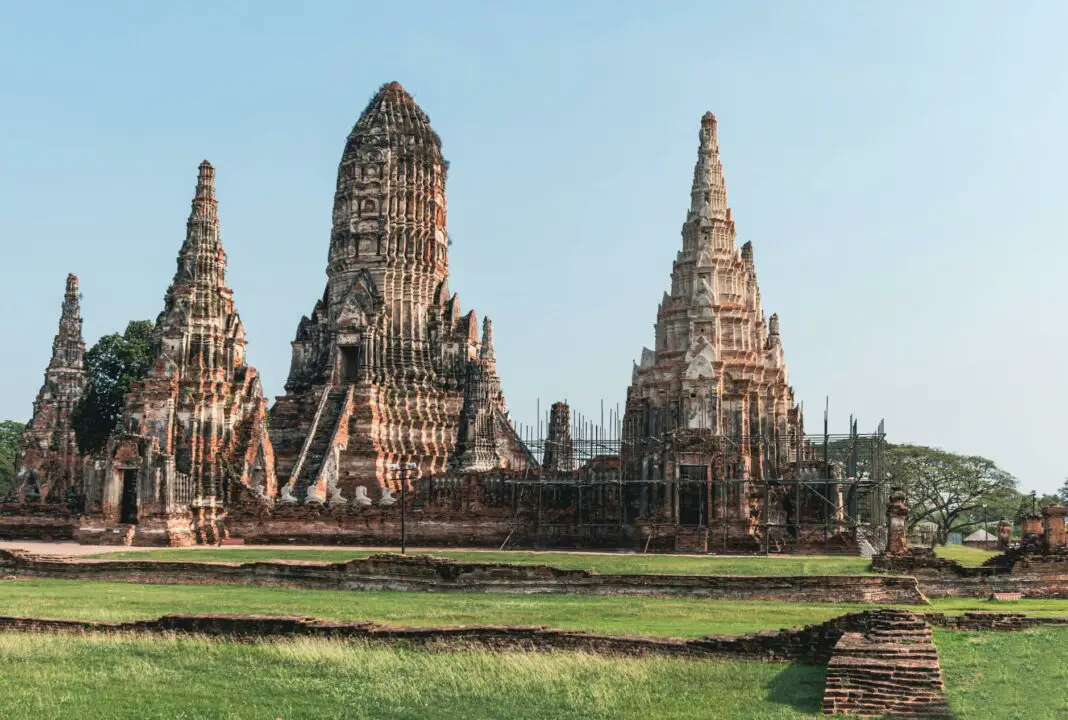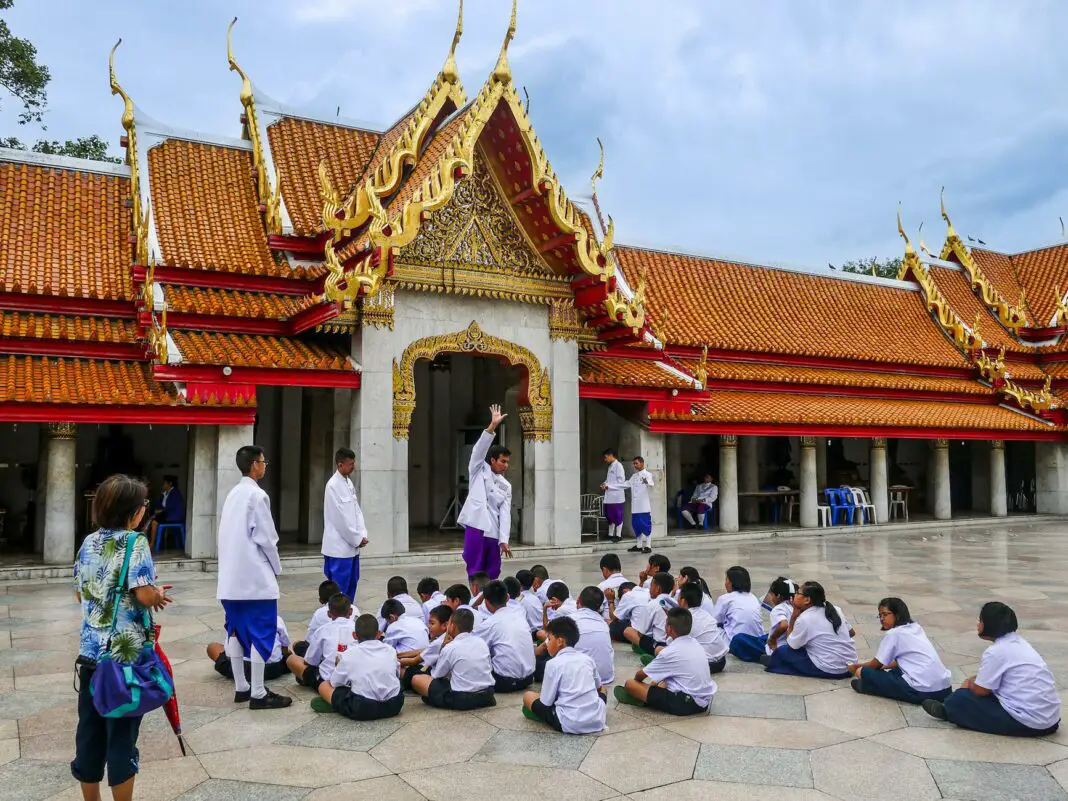Embarking on a trip to Thailand offers a unique combination of rich culture, breathtaking landscapes, and mouth-watering cuisine. Among its myriad attractions, Thailand’s Buddhist temples stand out as a journey into the heart of spirituality and architectural grandeur. If you have not yet experienced Thailand’s most stunning Buddhist temples, you are missing out on treasures that reflect the country’s deep-rooted traditions and artistic achievements. This blog post will take you on an immersive journey through these magnificent structures, enhancing your travel itinerary with enlightening insights and practical tips.
The allure of Thailand’s temples lies not only in their stunning designs but also in the stories they tell. Each temple is steeped in history, embodying the essence of Thai culture and the Buddhist faith. Whether you are a seasoned traveler or a curious newcomer, understanding the significance and beauty of these sites will undoubtedly enrich your adventure in Thailand. Let’s dive into the world of Thailand’s most remarkable Buddhist temples, discover their unique features, and explore why they should be on your travel checklist.
Table of Contents
- What Makes Thai Temples Special
- Top Ten Buddhist Temples to Visit in Thailand
- Cultural Insights While Visiting
- Practical Tips for Temple Exploration
- Final Thoughts on Experiencing Thailand
What Makes Thai Temples Special
Thailand’s Buddhist temples, or wats, are a remarkable fusion of art and spirituality, representing the profound connection between the Thai people and their faith. Each temple typically features intricate designs, shimmering mosaics, and peaceful landscapes. The breathtaking architecture reflects various styles, from the intricately detailed Lanna designs of the north to the elegant Rattanakosin features found in Bangkok. These architectural styles are not merely for aesthetic appeal; each detail holds deep symbolic meaning. The majestic spires, known as chedi, symbolize the Buddha’s enlightenment, while the colorful murals often depict tales from Buddhist scriptures.
Moreover, these temples serve as active places of worship and cultural education, making them vibrant centers for both local and tourist engagement. Observing monks in meditation, participating in ceremonial offerings, or simply marveling at the serenity of the surroundings allows visitors to experience a slice of daily Thai spiritual life. The tranquil ambiance coupled with the picturesque views makes visiting these temples not just a sightseeing opportunity but a journey into the heart of Thailand’s rich cultural tapestry.
Top Ten Buddhist Temples to Visit in Thailand
When it comes to exploring Thailand’s temples, several must-visit sites stand out above the rest. Notably, Wat Pho in Bangkok, home to the magnificent Reclining Buddha, offers visitors an awe-inspiring experience. Its serene atmosphere and detailed murals provide an excellent introduction to Thai temples. Meanwhile, Wat Arun, also known as the Temple of Dawn, boasts a stunning riverside location, with its prang towering above the Chao Phraya River, offering unforgettable sunsets and dazzling views.
Further, delve into the ancient capitals of Ayutthaya and Sukhothai, where the remnants of historical temples still whisper tales of their grandeur. Wat Si Chum in Sukhothai captivates with its colossal Buddha statue, inviting contemplative reflection. Wander through the lush landscapes surrounding these temples, as they each tell their own unique story and offer insight into the region’s history and artistic achievements.
For a different taste, venture to the northern region to visit Wat Phra That Doi Suthep, perched high on a mountain, which offers not only spiritual significance but also panoramic vistas of Chiang Mai. This temple attracts thousands of pilgrims and tourists alike, especially during festivals and religious ceremonies. The experience of participating in a local event adds an extra layer to your visit.
Cultural Insights While Visiting
As you explore Thailand’s temples, it’s essential to embrace the cultural norms that accompany these sacred spaces. First and foremost, dress modestly; it’s customary to cover shoulders and knees to show respect. Many temples provide sarongs for rent, but bringing your own light shawl can enhance your comfort while navigating the warm climate. Additionally, speaking softly and maintaining a respectful demeanor will go a long way in fostering a positive interaction with local worshippers and monks.
Furthermore, understanding the significance of certain rituals can enhance your experience. For instance, during your visit, you may observe locals making merit through offerings or prayer. Participating in these rituals—even in a small way—can offer you a deeper connection to the spiritual essence of the place, amplifying your appreciation for Thai culture. Additionally, observing the foundational beliefs of Buddhism, such as mindfulness and compassion, can inspire you well beyond your travels.
Practical Tips for Temple Exploration
To make the most of your temple visits, preparation is key. Start your day early to avoid crowds, especially at popular sites like Wat Pho and Wat Arun. Arriving at dawn not only offers a peaceful experience but also beautiful lighting for photography enthusiasts. Moreover, taking the time to learn about the temples through their brochures or guided tours can greatly enhance your understanding and appreciation of their historical and spiritual significance.
Another practical consideration is to plan your itinerary wisely. With so many incredible temples scattered throughout Thailand, grouping nearby sites can save time and energy. Utilizing local transportation methods like tuk-tuks or motorbike taxis can add an element of adventure while ensuring you reach your destinations smoothly. Finally, keep in mind that many temples have specific opening hours, so verifying these in advance is crucial to optimizing your exploration.
Final Thoughts on Experiencing Thailand
Your trip to Thailand would be incomplete without taking the time to explore its stunning Buddhist temples. Through their breathtaking architecture, rich history, and profound spiritual significance, these temples invite travelers to explore not just the beauty of a place, but the depth of its culture. Each visit offers not only the opportunity for visual delight but also personal reflection and connection with the local traditions that permeate every facet of Thai life. Embrace these moments of discovery, and allow the spiritual essence of Thailand’s temples to resonate within you, creating lasting memories that will accompany you long after your journey ends.
FAQ
- Is it respectful to take photos in Thai temples? Yes, photography is generally allowed, but it is important to check for any restrictions and be mindful of worshippers.
- Do I need to remove my shoes before entering a temple? Yes, it is customary to remove your shoes before entering the temple area to show respect.
- Are there any entry fees for popular temples? Many temples charge a small admission fee to support their maintenance, so it’s advisable to carry some cash.
- What is the best season to visit Thailand? The best time to visit is during the cool and dry season, from November to February, when the weather is pleasant for exploration.
- Can I participate in meditation sessions at temples? Many temples offer meditation classes or retreats, providing opportunities to deepen your understanding of Buddhism.
Image Credit: Pexels





